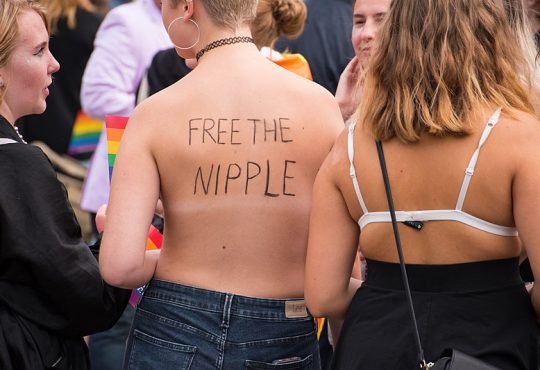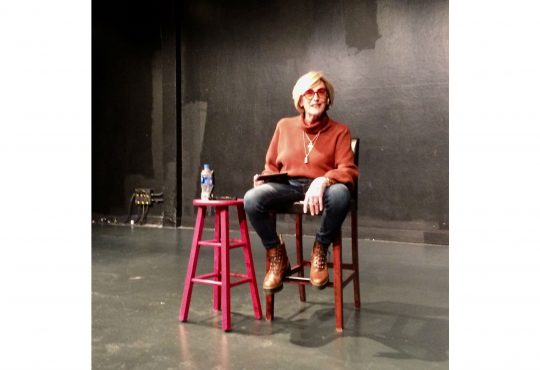For transgender and non-binary students—those who do not identify with restrictive gender labels such as ‘male’ and ‘female’—public facilities often fall short. In speaking with Denise Parry, a student who identifies as non-binary, it became clear that Puget Sound needs to improve the treatment of non-binary students.
This would mean doing things like having professors ask students what their preferred pronouns are and eliminating gender essentialist statements. The most urgent matter is the one regarding bathrooms on campus.
“The bathroom problem is still an issue for a lot of people and I think that the school is really lacking in that regard and made some poor choices when renovating the sub,” Parry said.
Nationally, colleges have been adding gender-neutral bathrooms, or converting those that already exist. Puget Sound is no exception: groups on campus, both faculty- and student-organized, are leading the grassroots movement. Currently 46 percent of public buildings on campus have at least one gender-neutral bathroom, but all those in favor of gender-neutral bathrooms want to see that number at 100 percent.
Two groups, one made up of staff members and one of students, convened in the fall to create the “Assessment of Transgender Awareness and Inclusion at Puget Sound Fall 2014.” In it are goals for creating a more inclusive community for transgender students. One of the initial goals is to include at least one gender-neutral bathroom in each building, while they will push to have at least two gender-neutral bathrooms in each building after accomplishing their first goal.
Another important goal is for consistent signange and clear directions to the gender-neutral bathrooms.
The assessment was balanced and practical, taking into account the variety of factors the school must consider when changing or updating facilities.
Amy Ryken is one of the original members of the Transgender Awareness and Inclusion Group, which is made up of staff and faculty. Ryken indicated that the group first met in 2012 to address the problem of transgender inclusion, and while they attend to all matters of transgender inclusion, their current focus is the bathroom problem.
According to Ryken’s Restroom Survey, the goal is to make single-stall bathrooms available for all students wanting more privacy, regardless of the reason. The group works closely with the Accessibility Work Group (AWG), the designated University-affiliated group responsible for increasing and appropriately labeling gender-neutral bathrooms.
The student group, called the Gender Neutral Action Group, formed this summer in response to the construction in Wheelock, which had originally eliminated the only gender-neutral bathroom. Kaitlyn Vallance, a member of the group, works closely with ASUPS and the residence halls. Vallance found issue with the time it takes to do something as simple as putting up gender-neutral bathroom signs.
“This has revealed to me a culture at UPS of ‘include but don’t encroach’—meaning Other individuals are allowed by the majority to have their spaces as long as it does not remove or inconvenience that majority,” Vallance said.
The gender-neutral bathrooms ensure that everyone can remain comfortable while using a restroom, both non-binary students and those who identify as male or female. Until we live in a world where transgender and non-binary discrimination is not present, an extra bathroom option will relieve friction between those with opposing viewpoints.





